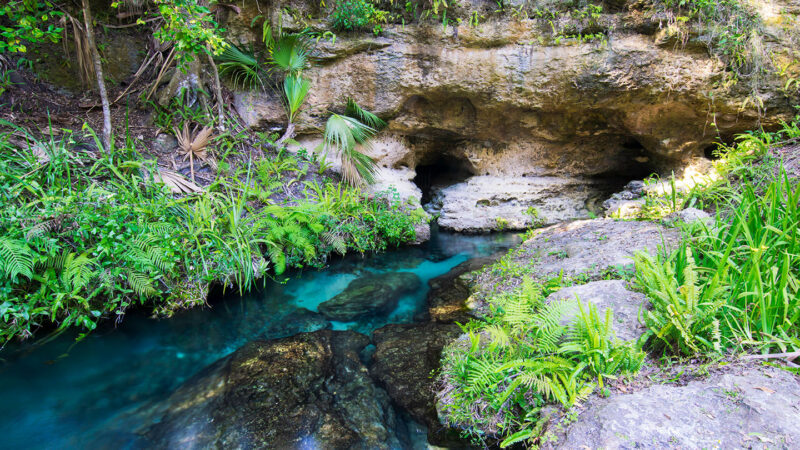
aquatic: An adjective that refers to water.
aquifer: Rock that can hold pools of groundwater. The term can also be applied to those underground pools of water.
catchment: (in hydrology) A term for the land that drains all of the water that falls on it into open waters, which can be rivers and streams or lakes and oceans.
clay: Fine-grained particles of soil that stick together and can be molded when wet. When fired under intense heat, clay can become hard and brittle. That’s why it’s used to fashion pottery and bricks.
climate change: Long-term, significant change in the climate of Earth. It can happen naturally or in response to human activities, including the burning of fossil fuels and clearing of forests.
computer model: A program that runs on a computer that creates a model, or simulation, of a real-world feature, phenomenon or event.
continental United States: Also known as the lower 48 states, these are all U.S. states except Alaska and Hawaii. They all reside below Canada and above Mexico.
crop: (in agriculture) A type of plant grown intentionally grown and nurtured by farmers, such as corn, coffee or tomatoes. Or the term could apply to the part of the plant harvested and sold by farmers.
crust: (in geology) Earth’s outermost surface, usually made from dense, solid rock.
fertilizer: Nitrogen, phosphorus and other plant nutrients added to soil, water or foliage to boost crop growth or to replenish nutrients that were lost earlier as they were used by plant roots or leaves.
groundwater: Water that is held underground in the soil or in pores and crevices in rock.
link: A connection between two people or things.
nitrate: An ion formed by the combination of a nitrogen atom bound to three oxygen atoms. The term is also used as a general name for any of various related compounds formed by the combination of such atoms.
pollutant: A substance that taints something — such as the air, water, our bodies or products….
Read the full article here
